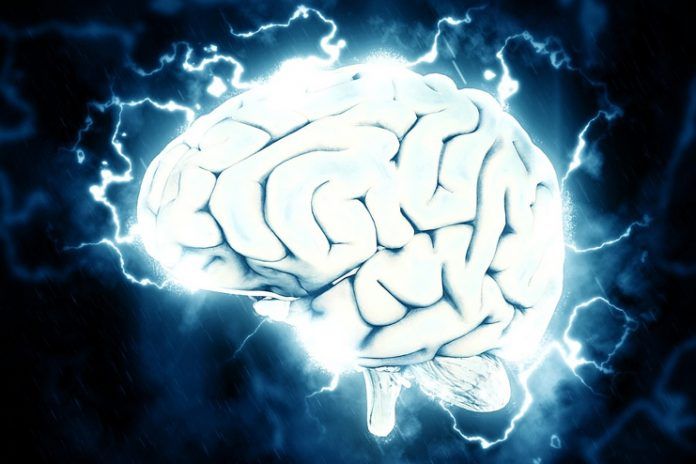Affiliate Disclaimer
Some links in this article are affiliate links. We may earn a small commission if you make a purchase through these links, at no extra cost to you. We only recommend products we find useful to our readersWe all use smartphones, well, for the most part. What if I told you that scientists have worked a way to manipulation your brain cell using the smartphone? Sounds very odd and spooky, doesn’t it? Well, it is true, if the new study published in the journal of Nature Biomedical Engineering is to be believed.
A new study (R) conducted by the scientists from the University of Washington Health Sciences/UW Medicine have invented a new device that can help manage and induce brain cell manipulation and that of the neural circuitry with the help of a tiny brain implant which can be controlled using a smartphone.
The main objective behind the invention of the device was to help uncover several of the brain related diseases like that of Parkinson’s, Alzheimer’s and even Dementia. The same can also come in handy for the treatment of a number of the mental health disorders as well.
The team of scientists collaborated from Korea and United States for the invention of this device. The device specifically uses Lego-like replaceable drug cartridges and even several of the Bluetooth low energy can come in handy in targeting specific neurons of interest in the brain with the help of the drug along with the light for extended periods of time.
Raza Qazi, a researcher with the Korea Advanced Institute of Science and Technology (KAIST) and University of Colorado Boulder, who is also the lead author of the study suggested saying that the wireless neural device that they have invented promotes the prospects of chronic chemical as well as optimal neuromodulation that hasn’t been done before by anyone.
Shedding some more light on this, Qazi further highlighted saying that this technology that they have invented for the brain cell manipulation does overshadow some of the conventional methods that are leveraged by the neuroscientists in today’s time. They predominantly make use of rigid and huge metal tubes for the salient administration of the drugs as well as the light.
These kinds of methods for the treatment does end up limiting the overall movement of the patient and the rigid structures do have possibilities of ending up inflicting brain lesions when done over a prolonged time period.
To overcome these shortcomings, the scientists have switched to soft probes and wireless platforms to mitigate the lesions and the tissue damage but the same didn’t come along with the capability of administration of the drugs to the recipient site. The bulky and the confusing control setups further made the process even more confusing.
With the challenges in hand, the main problem that the scientists had to focus on with respect to the drug delivery was to find ways to prevent the exhaustion as well as the evaporation of the administered drugs.
It was then that the scientists from the Korea Advanced Institute of Science and Technology and the University of Washington in Seattle came together to invent a neural device that comes along with a replaceable drug cartridge. This was found to come in handy for the neuroscientists to be able to study the similar brain circuits for months on end without having to worry about running out of drugs.
To conduct the study, these plug and play kind of drug cartridges were implanted into the brain cell of mice using a soft and ultrathin probe. The probe consisted of a wide range of microthin channels as well as LEDs that ensured unlimited delivery of the drug and the light that is required for the brain.
All of the process of administration was being effortlessly controlled in a smartphone wherein the scientists could trigger any of the specific combinations they like, including drug and light or either of them. This is also going to pave way for further animal studies that will showcase positive or negative feedback in the animals surrounding around.
Jae-Woong Jeong, a professor of electrical engineering at KAIST, and a co-author of the study suggested saying that the device that they have invented is the final result of the combination of advanced electronics design along with the micro as well as the nanoscale engineering. The next step of the scientists is to work more on this to develop better brain impacts that would be effective for the clinical applications.
Michael Bruchas, a professor of anesthesiology and pain medicine and pharmacology at the University Of Washington School Of Medicine highlighted the fact saying that this helps them in better dissection of the neural circuit of behaviour in the individuals. This will also indicate better functioning of the neuromodulators in the brain and how they function for better impacts.
The scientists are also quite eager to find how it impacts some of the other complex pharmacological studies that will pave way for better treatment approaches for the prospects of pain, addiction and even the emotional disorders.
This new invention could very well help the scientists come up with better therapeutic approaches with the brain cell manipulation before the conditions around become worse than one claims it to be. It is best suggested to ensure that you don’t end up getting that leverage around and find better ways of the treatment.















